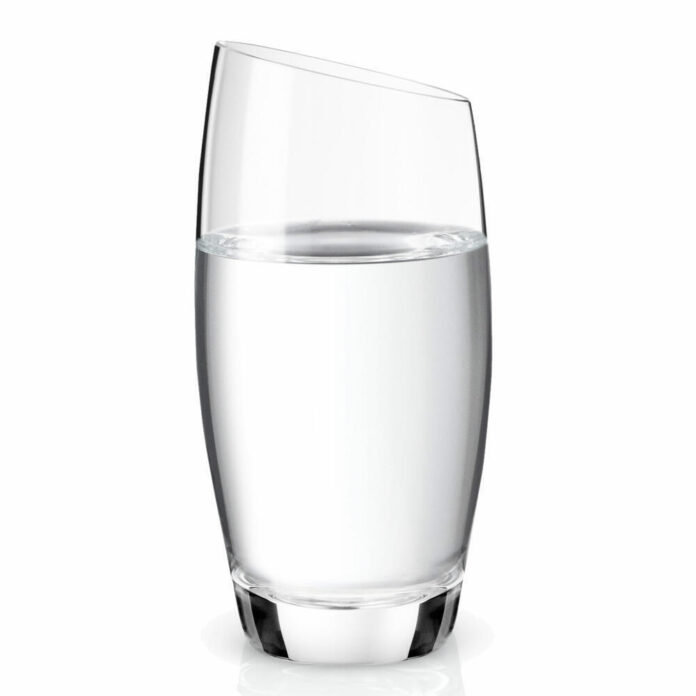Phenomenology is a philosophical approach that focuses on the study of subjective experiences and the way individuals perceive and interpret the world. Developed by philosophers like Edmund Husserl and later expanded by thinkers like Martin Heidegger and Maurice Merleau-Ponty, phenomenology seeks to understand phenomena as they appear to consciousness, emphasising the importance of first-person perspectives and avoiding preconceived assumptions. The goal is to describe and analyse the structures of experience, exploring the essence of consciousness and how individuals relate to objects and events in their environment. Phenomenology has applications in various fields, including philosophy, psychology, and sociology.
How then does phenomenology help us understand the relationship between a glass of water and art?
Well, we must understand that art can never be objectified. Many try, but in its essence lies the wonder of the consciousness that we all have. Within this atomised consciousness comes subjectivity. Of course, we must accept that subjectivity is enhanced by the continuous pursuit of knowledge, as the following explores.
Tolstoy argues that “it is difficult to say what is meant by art, and especially what is good, useful art, art for the sake of which we might condone such sacrifices as are being offered at its shrine”. He goes on to reject the notion that art must be beautiful. Tolstoy conceptualises art as anything that communicates emotion: “Art begins when a man (sic), with the purpose of communicating to other people a feeling he once experienced, calls it up again within himself and expresses it by certain external signs.”
Obviously, Tolstoy’s use of language is misogynistic and patriarchal, but I wholeheartedly agree with his definition. It has a vagueness that is to be expected. Art is largely a subjective experience in which we must reject ‘expert’ notions or parameters. Once we passively accept so-called expertise, we reject our individuality. However, that is not to say we reject experts. They are labelled ‘experts’ because they have greater knowledge. Unless we are able to gain the knowledge that they have, then we have to accept a level of ignorance that is relative to them. We can, of course, find new knowledge and share it, which in turn increases our knowledge and that of others. The best outcome.
Whether it is Picasso, Van Gogh, or… to be able to comprehend the relevance, context, and ingenuity, we need knowledge. However, knowing these things is not a prerequisite to it being called ‘art’. The art lies in the emotional relationship that exists between the creation and the subject. Too many get fixated on the application of skill. They measure art by how they have been conditioned to perceive it. Whether via paints, words, camera lenses, Potter’s wheels… or the dissemination of an idea through consciousness, if it creates an emotional response, it is art. People can then debate whether it is ‘good art’ or ‘bad art’, but it is still art.
That brings us to the glass of water.
Whether a glass of water can be considered art depends on the context and the intention behind it. In the traditional sense of visual arts, such as painting or sculpture, a simple glass of water may not be considered art unless it is presented in a way that conveys a message, emotion, or aesthetic value. However, in contemporary and conceptual art, the definition of art has expanded, and everyday objects can be transformed into art through the artist’s intention and the viewer’s interpretation.
Art is subjective, and different people may have different opinions on what qualifies as art. If an artist presents a glass of water as part of an installation, performance, or conceptual piece with a specific purpose or message, then it can be considered art. Additionally, photography or other forms of documentation might capture a glass of water in a way that transforms it into a work of art, focusing on composition, lighting, and other artistic elements.
Ultimately, the classification of a glass of water as art depends on the artistic context, intention, and interpretation by both the artist and the individual members of the audience.
Ultimately, if we dedicate ourselves to knowledge and learning, we avoid becoming ignorant bystanders. We can converse in the arts or on any other subject. However, without knowledge, why would we ever believe that our subjectivity is worth consideration? We become contamination, not enlightenment. Hence, a simple glass of water can teach us a very valuable lesson if we are willing to open up our consciousness and, hence, our imaginations. It not only purifies our bodies but our minds too.
Jason Cridland
Join us in helping to bring reality and decency back by SUBSCRIBING to our Youtube channel: https://www.youtube.com/channel/UCQ1Ll1ylCg8U19AhNl-NoTg SUPPORTING US where you can: Award Winning Independent Citizen Media Needs Your Help. PLEASE SUPPORT US FOR JUST £2 A MONTH https://dorseteye.com/donate/







